Lunar orbiter's wealth of data to be studied
Updated: 2014-11-03 07:56
(China Daily/Xinhua)
|
||||||||
The head of China's lunar probe program has called for a thorough analysis of data collected from the test lunar orbiter, which returned on Saturday, to speed up work on Chang'e-5 and its 2017 lunar mission.
The lunar orbiter, nicknamed Xiaofei on Chinese social networks, landed in Siziwang Banner, in the Inner Mongolia autonomous region, early Saturday morning after an eight-day flight. China has joined the Soviet Union and the United States to become the third nation to realize a return mission to the moon.
Search teams have already recovered the orbiter at the designated landing area, about 500 kilometers from Beijing.
Launched on Oct 24, the orbiter traveled 840,000 kilometers on a mission that saw it circle the far side of the moon and photograph the Earth and moon together.
The re-entry process began at around 6:13 am with the orbiter approaching Earth at a velocity of about 11.2 km per second.
To help it slow down, the craft is designed to "bounce" off the edge of the atmosphere before re-entering, a process compared to a stone skimming across water, and so shorten the "braking distance" for the orbiter, according to Zhou Jianliang, chief engineer with the Beijing Aerospace Command and Control Center.
"Really, this is like braking a car," said Zhou. "The faster you drive, the longer the distance you need to bring the car to a complete stop."
The "bounce" was one of the biggest challenges of the mission because the craft had to enter the atmosphere at a precise angle. An error of 0.2 degrees would have rendered the mission a failure.
"The mission was realized with stable flight and precision in launch timing, orbit entry, recovery, and all pre-set goals were achieved," said Xu Daze, also head of the State Administration of Science, Technology and Industry for National Defense, on Sunday at a ceremony for the reception of the orbiter.
According to Xu, the mission marked a "breakthrough" in the third and final phase of the lunar schedule - orbiting, landing and return - and had heightened understanding of high-velocity re-entry mechanisms, development of new materials and innovative space equipment design.
Zhou Jianliang said the data acquired by the lunar orbiter will optimize technology for Chang'e-5.
Hao Xifan, deputy chief of China's third phase lunar exploration program, also said the mission validated ground support capabilities, craft landing technology and recoverable spacecraft technology.
According to Wu Weiren, chief designer of China's lunar exploration program, Chang'e-5 is expected to collect a 2-kilogram sample from 2 meters under the moon's surface in a mission planned for 2017.
Aside from the high-speed re-entry, major technological challenges for the craft center on surface sampling, taking off from the moon, and lunar orbit rendezvous, Wu said.
- Change of China's export competitiveness and decline in export growth rate (No 41, 2013)
- Response to the change in international resources and environment, accelerating the transformation of China's economic development pattern
- Lunar orbiter's wealth of data to be studied
- China's unmanned lunar orbiter returns home
- Returning lunar orbiter makes skip re-entry

 NYC marathon held in chilly, windy weather
NYC marathon held in chilly, windy weather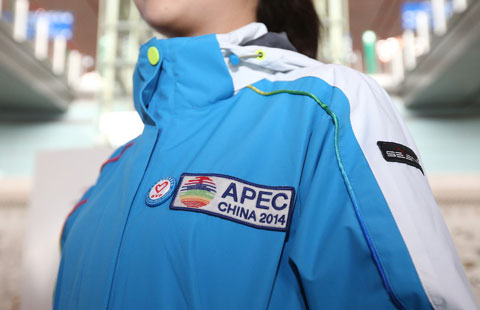
 Volunteers aim high for APEC
Volunteers aim high for APEC
 Sports moments of the week (Oct 27 - Nov 2)
Sports moments of the week (Oct 27 - Nov 2)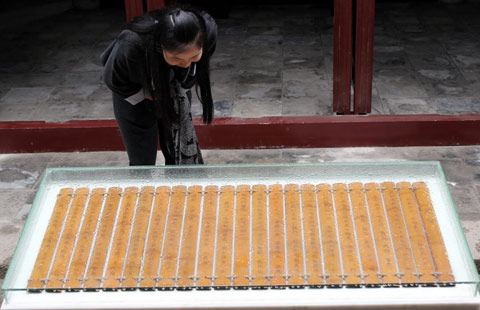
 Zhuangyuan museum in Suzhou to open
Zhuangyuan museum in Suzhou to open
 Top 10 most visited video streaming sites in China
Top 10 most visited video streaming sites in China
 Traditional dresses add color to APEC
Traditional dresses add color to APEC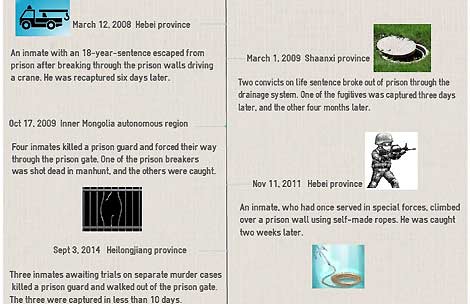
 A brief look at prison breaks in China
A brief look at prison breaks in China
 Chinese airline opens 1st Shanghai-Kathmandu route
Chinese airline opens 1st Shanghai-Kathmandu route
Most Viewed
Editor's Picks
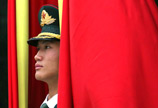
|

|
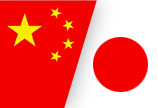
|

|

|

|
Today's Top News
Wanted: 500,000 pilots for China aviation
Shaping Asia-Pacific's future
Xi stresses CPC's absolute leadership over army
Foreign TV shows online will need permission
Mass Ebola outbreak 'is unlikely'
S. Korea's plastic surgery paradise lost
China, US to meet on WMD nonproliferation
Danone bolsters China presence with $550m deal
US Weekly

|

|







